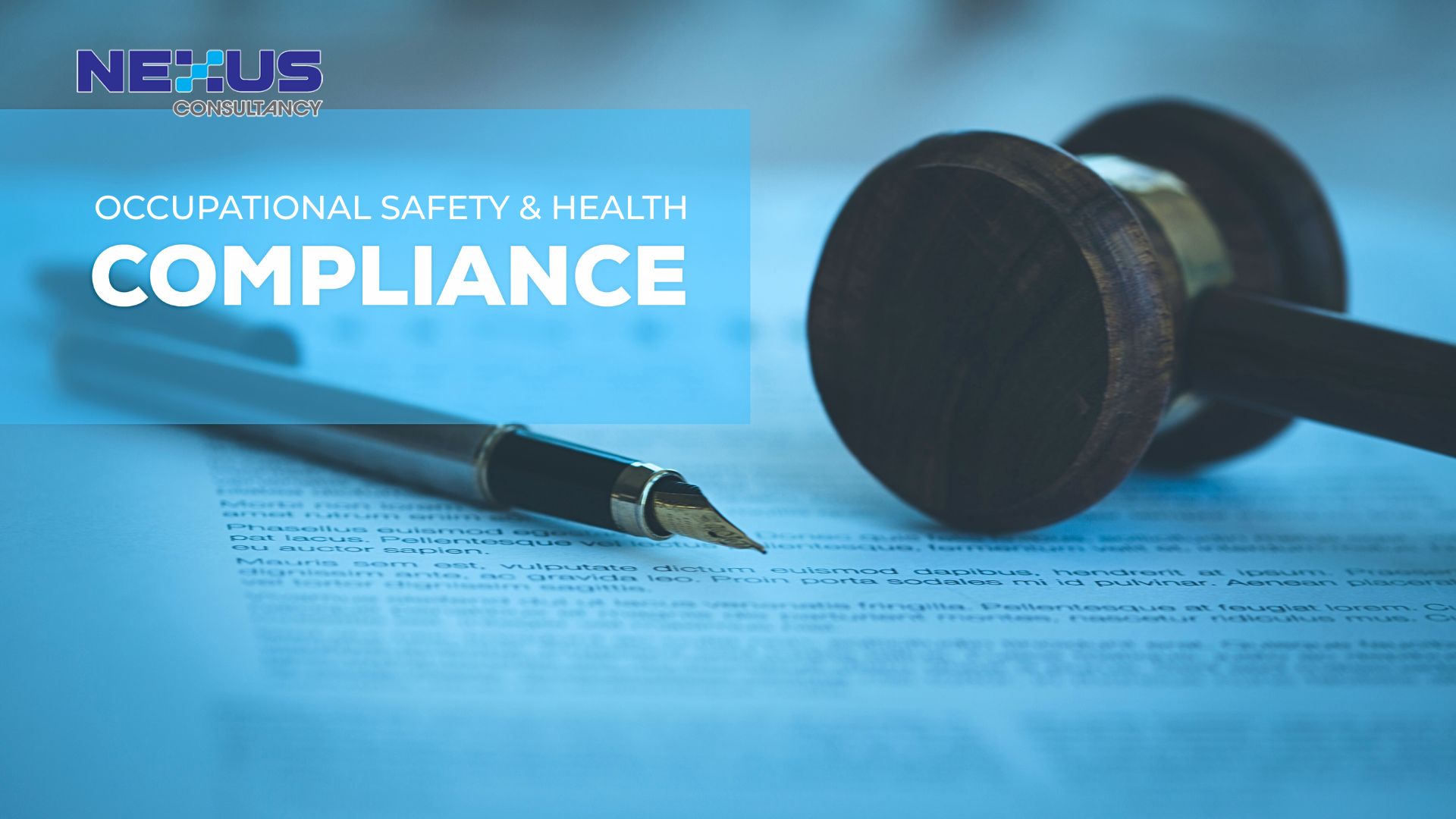
Danielle Tan
Chief Operating Officer
The ISO 14064-1 standard provides guidelines for organizations to quantify, monitor, and report greenhouse gas emissions and removals. This aims to explain the purpose and scope of ISO 14064-1, helping readers understand its importance in greenhouse gas reporting and environmental management.

The importance of sustainability reporting for Small and Medium-sized Enterprises (SMEs) has grown significantly, serving as a vital resource for demonstrating transparency, gaining a competitive edge, and assessing and communicating their role in advancing towards a more sustainable world.
A sustainability report offers a comprehensive overview of an SME’s Environmental, Social, and Governance (ESG) performance, shedding light on its impact on society and the environment. It serves as a valuable tool for understanding the operations of an SME, enabling the identification and mitigation of potential risks and opportunities related to ESG factors. This proactive approach facilitates enhanced decision-making and fosters long-term business resilience.
Why is Sustainability Reporting Essential for SMEs?
In the contemporary business landscape, sustainable practices have gained paramount importance owing to environmental, social, and economic challenges. Small and Medium-sized Enterprises (SMEs) play a pivotal role in the economy, often regarded as the backbone of economic development. Despite their modest size, these businesses collectively make substantial contributions to the Gross Domestic Product (GDP) of many countries. With their diverse range of products, services, innovation, and job creation, SMEs significantly bolster economic growth and stability, establishing a presence even in remote areas.
The combined influence of SMEs on environmental and social aspects is noteworthy, underscoring the importance of tracking Environmental, Social, and Governance (ESG) factors. This tracking becomes imperative to uphold responsible practices, ensure resource conservation, and contribute to social welfare.
Many SMEs are integral parts of larger supply chains, providing goods and services to larger corporations. The monitoring of ESG factors within SMEs is instrumental in promoting sustainable practices across the entire supply chain, fostering a culture of responsible business conduct.
Given the substantial economic and social contributions of SMEs, the diligent tracking of ESG factors becomes indispensable in establishing a sustainable and inclusive business environment. This approach not only benefits society, the economy, and the environment but also aligns with the broader goal of creating a harmonious and responsible global ecosystem.

Here are the key steps for SMEs to establish an effective sustainability reporting practice:
- Defining Material Sustainability Issues:
- Identify and prioritize material sustainability issues relevant to the SME’s operations and stakeholder expectations.
- Material issues are those with a significant impact on environmental, social, and governance performance and are pertinent to stakeholders like investors, customers, employees, and communities.
- Prioritize issues based on importance and impact to focus sustainability efforts effectively.
- Selecting and Tailoring Sustainability Reporting Frameworks:
- Choose a framework such as Global Reporting Initiative (GRI) Standards or Sustainability Accounting Standards Board (SASB) standards, considering the SME’s size, industry, and reporting objectives.
- Tailor the framework to the SME’s specific needs by selecting relevant Key Performance Indicators (KPIs) and aligning with material sustainability issues.
- Combining multiple standards is an option for a customized approach.
- Measuring Sustainability:
- Measure ESG performance across three dimensions:
- Environmental (E): Resource consumption, waste generation, emissions.
- Social (S): Labor practices, community engagement, human rights.
- Governance (G): Corporate governance practices, risk management.
- Utilize tools like data collection, reporting, and benchmarking for effective measurement.
- Implementing Sustainability Reporting:
- Establish a dedicated sustainability team or designate a professional to manage reporting initiatives.
- Gather and analyze relevant ESG performance data.
- Leverage technology tools for streamlined data collection, analysis, and reporting.
- Consider collaborating with external experts for accurate and comprehensive reporting.
- Communicating Effectively:
- Ensure clarity and conciseness in language for broad audience understanding.
- Utilize visuals like graphs and charts to enhance comprehension.
- Support claims with concrete data and metrics.
- Tailor communication to different stakeholder groups.
- Sharing the Report with Stakeholders:
- Make the report easily accessible on the company’s sustainability page.
- Choose appropriate communication channels, including traditional and emerging options.
- Supplement the report with multimedia content for enhanced engagement.
- Foster stakeholder dialogue through surveys, feedback mechanisms, and regular updates.
- Promote the report through marketing and public relations strategies.

Conclusion
By following these steps, SMEs can establish a robust sustainability reporting practice that not only meets stakeholder expectations but also contributes to the broader goal of creating a sustainable and responsible future.
Reference:
- https://askelsustainabilitysolutions.com/the-abcs-of-sustainability-reporting-for-smes/#:~:text=Sustainability%20reporting%20begins%20by%20identifying,%2C%20social%2C%20and%20governance%20performance.
- https://medium.com/rampart-ehs-esg/sustainability-reporting-for-smes-a-practical-guide-to-get-started-19f18a7f9d3a
Curious to learn more about ESG and how to begin? Get in touch with us now for more information.






